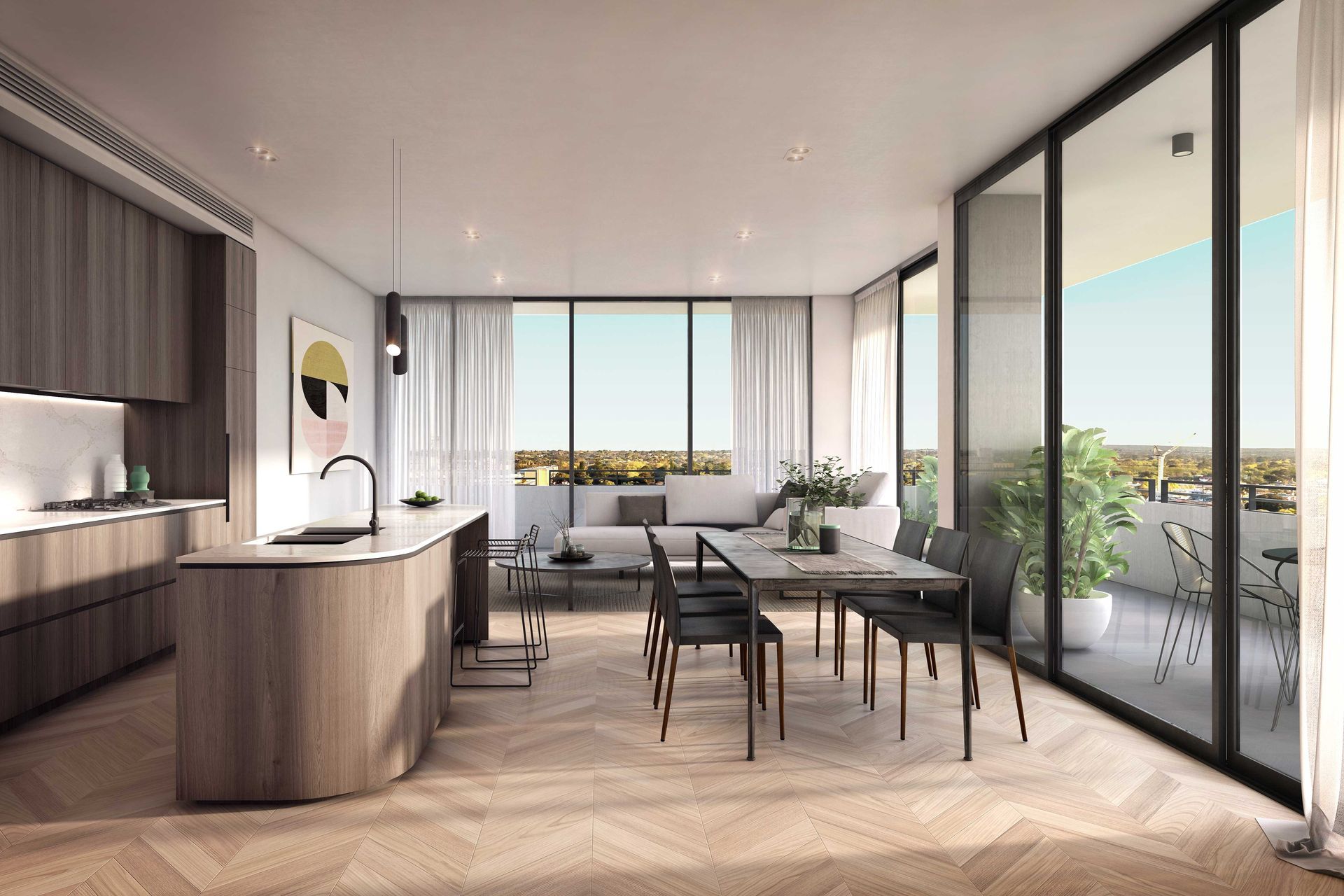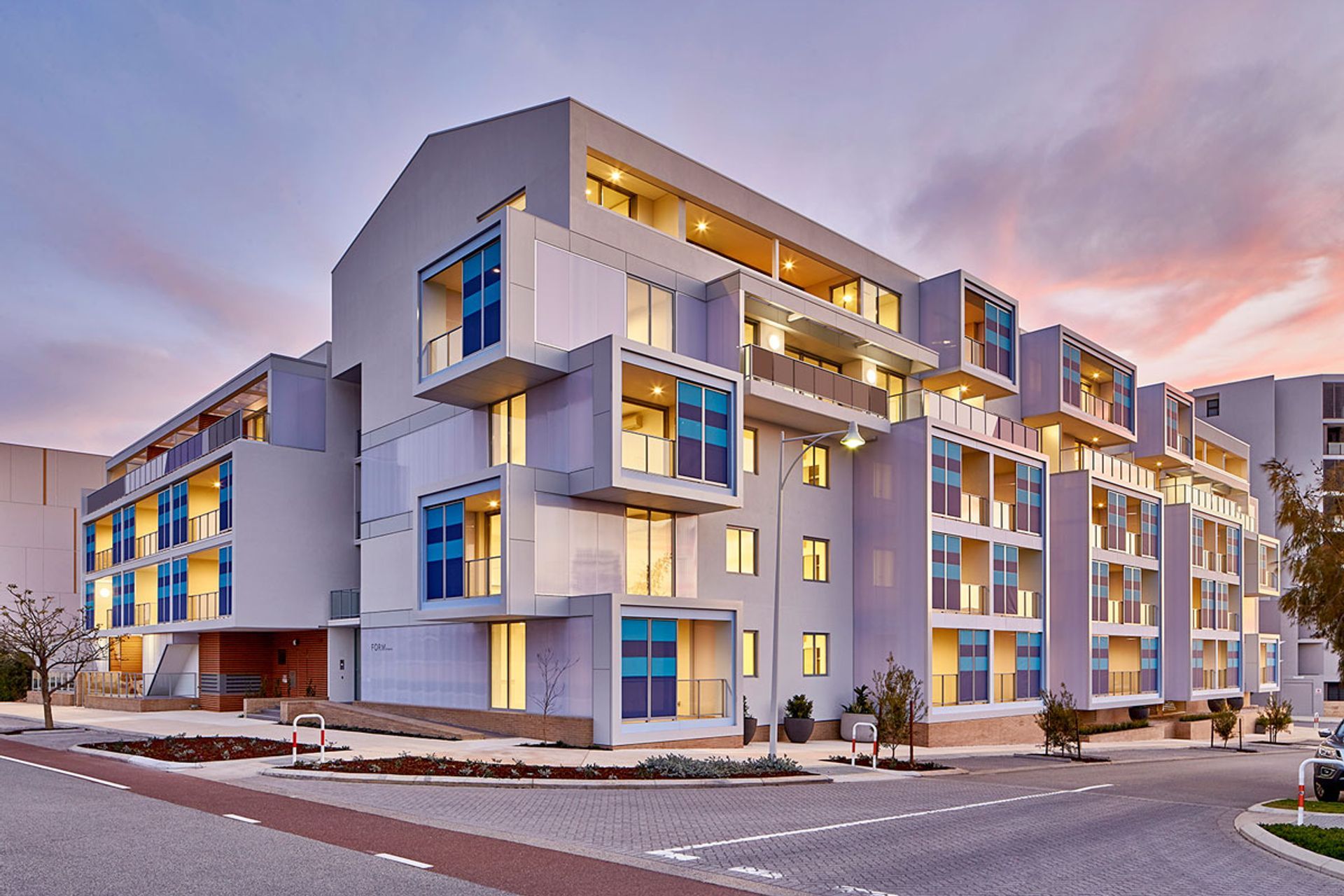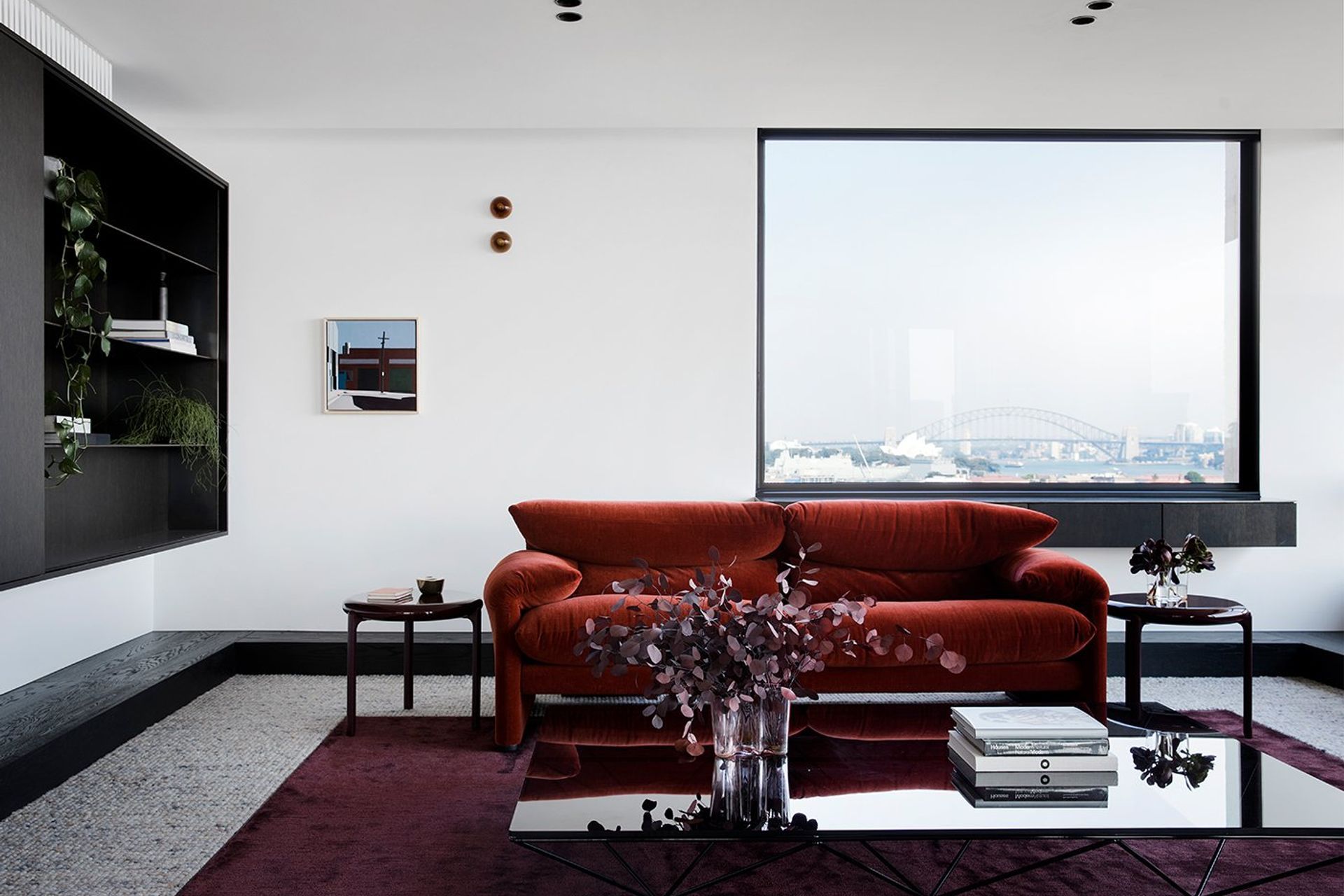Why we need to rethink the value of apartment housing
Written by
17 October 2022
•
5 min read

The 2021 Census of Population and Housing found that more than 10% of Australians live in an apartment and that number is on the rise. Around 1.3 million people currently live in apartments, a 1.1% increase compared to 2016. During the same period, the number of Australians living in terraces and townhouses has stagnated, staying flat at 1.1 million people.
“Historically, a detached home has been considered the preferred or ‘premium’ housing option in Australia, but I think we’re moving past that now,” says Kristin Brookfield, chief executive of industry policy at the Housing Industry Association.

Contributing factors
There are a number of factors contributing to the trend. The rising cost of housing is an obvious one, closely followed by the availability of detached homes close to and within major cities. However, another element driving this trend is the rising number of people living in Australia who have come from countries where apartment living is the norm, such as Europe and Asia.

The benefits of apartment living
Undeniably, apartments offer first-home buyers an affordable alternative to a detached house, are an excellent step onto the property ladder and provide a high-density housing solution. But it’s important to remember that not only are many Australian renters in apartments – and can only afford apartments – but many people also simply prefer the low-maintenance, inner-city lifestyle this type of housing provides. So, shouldn’t we be rethinking the way apartments are designed, the structural standards they are held to and their liveability?

The downfalls of apartment living
In Australia, the poor construction of large-scale residential apartment complexes has been widely publicised by the media, such as the Opal Tower in Sydney’s Olympic Park, a debacle that inspired the Berejiklian government to appoint construction expert David Chandler to helm a clean up of the building industry and ensure buyers are protected as much as possible from questionable workmanship. In Victoria, the Future Homes Project has been enacted to ensure the building of apartments that are well-designed, sustainable and liveable – state initiatives aimed at cleaning up the behaviour in the sector.

There are design issues that need to be addressed in apartments. For example, a room cannot be a bedroom unless it has natural light – a window – but there have been creative approaches taken to these rules with such rooms renamed 'studies' or 'storerooms', explains Kristin. "The building code has rules to protect these things, but it’s up to the designers and building surveyors signing off at the design stage to interpret those rules correctly,” says Kristin.
Kristin says that buyers should expect an apartment that has been finished to an acceptable level of workmanship, and current building laws require a building to be fit for purpose – which is different to a penthouse suite that has been built and furnished beyond average standards. "Somebody moving into an apartment should get a good quality finish that has been done in accordance with rules set out by people who know what they’re doing," says Kristin.

What needs to be done to improve apartment living
There are arguments for increased use of green energy and more specific standards of acceptability to be integrated into the design and building of apartments, but when it comes down to it, the major changes we need to be considering are those that enhance quality of life.
“The design and liveability of a home should always be a consideration for apartments. The fact that you’re essentially designing a small house within a small footprint requires clever design,” says Kristin, who suggests that in Australia, apartment design is under-serviced for the average consumer.
"In other countries, such as Malaysia and Taiwan, the builder constructs the shell of the apartment while the homeowner independently engages an interior designer to fit out the kitchen, bathrooms, cabinetry and living spaces. It’s a different and separate process, and there’s a lot of people who miss out on that opportunity when they move to Australia.”
Read now: Understanding the five design fundamentals with Joe Snell

Analysis into housing done by Dirk Spennemann, associate professor at the school of environmental sciences at Charles Sturt University, takes the idea further. He argues that in a post-pandemic world, architects and home designers working for major building companies and suburban housing estate developers may need to reconsider their designs. “Residences need to be fully functional under ‘normal’ usage, with the added ability to function in a pandemic environment, both to buffer the occupants from the uncontrollable external world and in the event that an occupant is infected or required to self-isolate,” he writes.
Dr Spennemann argues that in order to future-proof new residential buildings, they must embrace principles of universal design – the practice of constructing buildings, products or environments that are accessible to all people, regardless of age, disability or other factors – which may look like true structural separation of visitor entertainment areas from private sleeping areas and a spatially separated master suite that allows for isolation.

The solution… for now
An immediate solution to the design and liveability woes of apartment dwellers may require increased investment in their property through the use of an interior designer or architect. While it’s an added cost to the purchase of the property itself – and will require multiple levels of approvals from local councils, strata and building management – these design professionals can help homeowners identify the best way to maximise space, light, functionality and liveability within their current apartments without relying on government intervention.
Find the perfect architect or interior designer for your project on ArchiPro